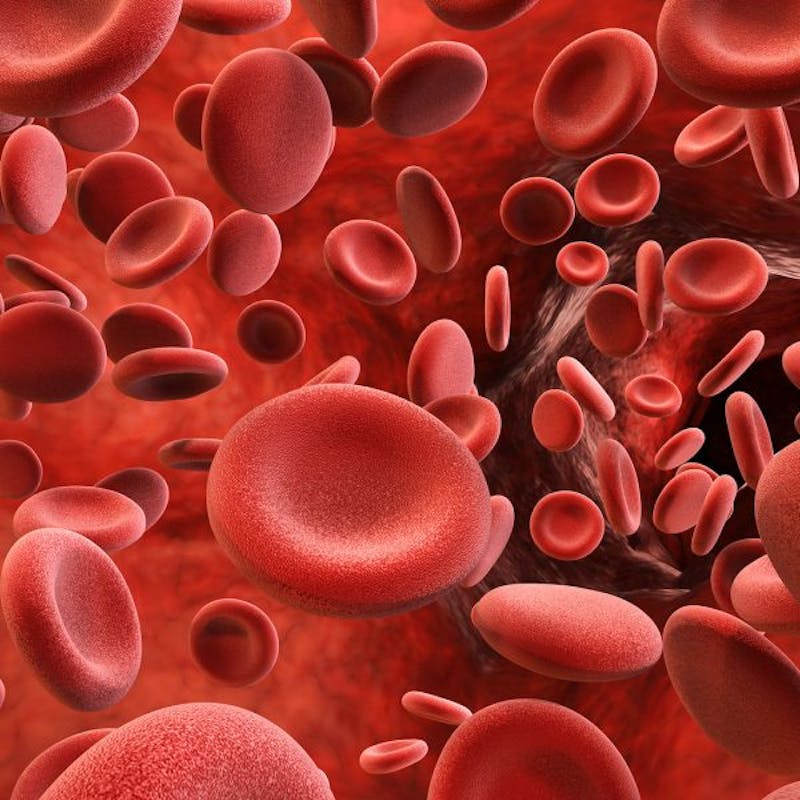
Schedule A Consultation
healing your body for the long run
Contact Us
Platelet-rich plasma, also known as PRP, contains a high concentration of growth factors and platelets. PRP that is used in regenerative medicine is autologous, meaning that it is generated from a person’s own body.
About six percent of normal blood is made up of platelets. On the other hand, PRP contains about 94 percent platelets. These platelets are important in the body because they are able to improve and speed up the healing processes in the body. This is possible because of the many proteins, immune system cells, and other bioactive factors that PRP is composed of.
The History of Platelet-Rich Plasma
The concept of PRP began in the 1970s in the field of hematology, which is the study of blood. This term was coined so that hematologists could define blood that had a higher platelet count than normal blood. This platelet-rich blood was mainly used for blood transfusions for individuals who suffered from low platelet count in their blood.
Then, in the 1980s and 1990s, PRP began to be used during surgical procedures because it has many properties that help with wound closure, reducing inflammation, and increasing new cell growth. The most common procedures in which it was used were periodontal surgery, maxillofacial surgery, cosmetic surgery, and skin grafting.
Since then, PRP began to be used in orthopedics to help with bone grafts and fractures, connective tissue repair, cardiac surgery, sports injuries, plastic surgery, gynecology, urology, and more. Research has also shown that PRP can be effective at reducing scarring, so it is now being used to improve burn scars, post-surgery scars, and acne scarring.
How PRP Therapy Works
Like we mentioned above, PRP is derived from your own blood. A vial of blood is drawn, and then it is centrifuged to separate the different components. This isolates the red blood cells, platelet-rich plasma, and platelet-poor plasma. The plasma rich in platelets is then removed from the vial to be used for PRP therapy.
Platelets play a critical role in the body’s healing processes, especially in the early stages. They help to encourage homeostasis by helping to form blood clots and releasing other chemicals that promote tissue repair.
The benefits of these also help to reduce the need for opioid medications. Opioids are highly addictive, and developing dependence on them is quite common. Using PRP therapy can speed up the healing process, reducing the need for repeated opioid use to manage pain.
How PRP is Used in Regenerative Medicine
One of the biggest advantages of PRP is that it is able to be delivered directly into the injury site. It is also easy to obtain, comes at a low price point, and comes with very few potential negative side effects. Because of these advantages, PRP can be used for many different medical treatments.
Chronic Knee and Join Pain
Chronic knee and join pain is one of the most common areas of discomfort for adults. Injuries to these areas can include osteoarthritis, tendon strains, rotator cuff injuries, plantar fasciitis, sports hernias, knee cartilage injuries, sports injuries, and many more.
PRP has been shown to help increase the growth of the cells responsible for creating new tissues in the damaged area, whether they build new tendons, muscles, cartilage, and connective tissue. PRP can also help to heal the tissues more effectively, leaving them stronger, thicker, and healthier than they would be without it. This can be especially useful for cartilage injuries, such as osteoarthritis, as it can help to treat the root of the problem by stimulating new cartilage growth, which is generally very difficult because of the poor vascularity.
Cardiac Surgery
Wound infections are quite common in the sternal area after heart surgery, and in some cases these infections can lead to death. PRP injections have been shown to improve the healing process, reducing the risk of developing an infection.
Excess bleeding can also sometimes occur during cardiac surgery. Because of this, blood transfusions are needed during surgery by some of the patients. The use of PRP in these procedures has been shown to reduce the total amount of homologous blood that patients need to be transfused. Using PRP has been shown to decrease the number of patients that needed additional transfusions as well.
Spinal Therapies
Back pain is one of the biggest medical issues in the United States, and PRP injections may be a viable solution for this issue. Disc degeneration occurs when the discs between each of the vertebrae in the spine begin to wear down, harden, and lose their ability to deal with compression. This can result in other issues, such as disc herniation or nerve pinching or damage.
PRP may be able to help inhibit the process of disc degeneration by closing up any tears in the tissues and healing them to prevent fluid leaking. PRP may also be able to help regrow any tissue that has become damaged or worn down, leading to less back pain and more functionality in the spine.
https://karger.com/sad/article/4/1/18/291354/A-Review-of-Platelet-Rich-Plasma-History-Biology
https://www.ncbi.nlm.nih.gov/pmc/articles/PMC3445108/
https://cardiothoracicsurgery.biomedcentral.com/articles/10.1186/s13019-016-0452-9
https://www.annalsthoracicsurgery.org/article/S0003-4975(10)64655-3/pdf
https://www.ncbi.nlm.nih.gov/pmc/articles/PMC5911760/
5 Comments.Colin DavidsonNovember 21, 2020 6:56 pm
Col. Age 58. Most informative article. Prior to reading this article I had actually undergone two PRP treatments on my left knee for cartilage damage in October 2020 and will be having my third treatment in a week or so. Along with some good physiotherapy I can now comfortably walk 3 miles, and with care, physio and patience, I feel confident the Improvement will continue and I can go for a few good 10 mile hikes, perhaps even 20 miles. Walking 300 yards was a challenge a year ago.
online casinoDecember 9, 2020 7:53 pm
Pretty sure he’ll have a great read. Thanks for sharing!
Seattle Regenerative Medicine CenterFebruary 5, 2021 9:49 am
That is awesome Mr. Davidson. We’re so glad to hear about success stories using PRP.
HhudekFebruary 10, 2021 4:38 pm
Awesome prp has stopped my limping on my right leg. The prp was injected into my right greater trochanter bursa. Also in my foot for plantar fasciitis. Where I jogged a lot my left leg and pain in my lower back has led to these physical problems. Prp is my miracle. The medical community is not recommending or speaking about it to patients. Insurance doesn’t cover it. A good insurance will cover some. Prp is better and less costly for insurance. But the truth is prp was used in our military for soldiers marching. Imagine those boots were made for marching but not stopping pain that flairs up over time. We need to get Heath insurance to cover this. Our own blood given from God to help heal us….
HhudekFebruary 10, 2021 4:44 pm
The insurance companies need to stop saying that PRP is still experimental… https://pubmed.ncbi.nlm.nih.gov/33220706/